Sponsored by
![]()
Melamin’s use of Raman analysis for identification of chemicals
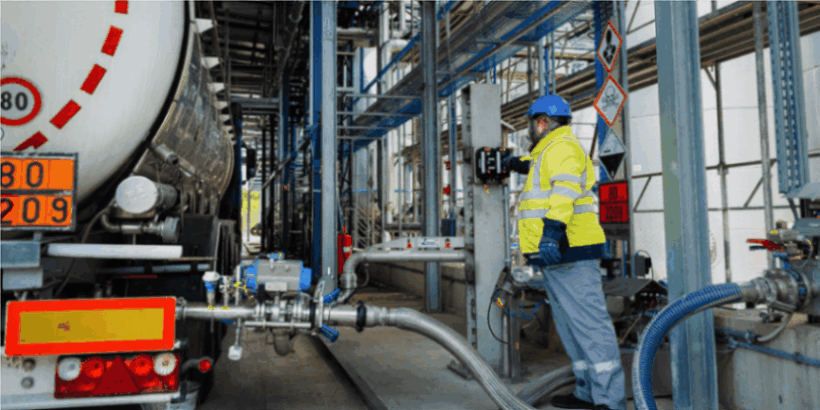
Each year, approximately 1,500 trucks carrying solvents with varying physico-chemical compositions are delivered to the Melamin production plant, averaging 5 to 6 trucks per day. Automating the processes to identify incoming materials has become essential to ensure safe operations.
Peter Maležič, Production engineer, Melamin
 “Endress+Hauser’s process analytical control instrumentation has significantly enhanced our plant performance, beginning with the safe supply control of incoming materials. Raman spectroscopy technology ensures the secure and accurate transfer of solvents from trucks to the correct tanks, utilizing process automation that is fundamental for our production.”
“Endress+Hauser’s process analytical control instrumentation has significantly enhanced our plant performance, beginning with the safe supply control of incoming materials. Raman spectroscopy technology ensures the secure and accurate transfer of solvents from trucks to the correct tanks, utilizing process automation that is fundamental for our production.”
Melamin is a chemical manufacturer specializing in the production of melamine-based resins. The company consistently invests in new technologies to meet the evolving demands of customers in the paper, construction, wood, paint, and tire industries. In recent years, Melamin has invested in automation technologies to improve plant efficiency and streamline safe operations. This commitment to operational excellence began with the full automation of solvent identification control for truck deliveries, reducing the risk of human error.
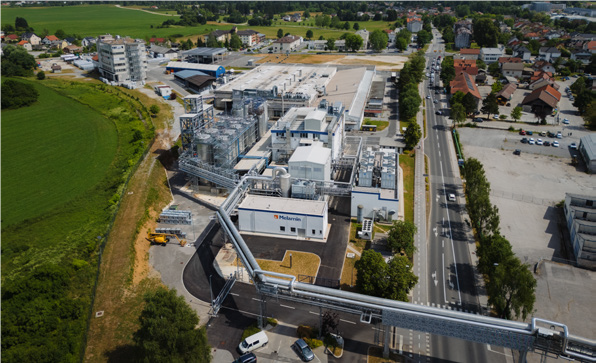
![]()
Melamin d.d. Kočevje, established in 1954 in Kočevje, Slovenia, is a recognized European chemical manufacturer with a long tradition in amino resin production. The company is known for consistent quality, technological innovation, and a skilled workforce. Melamin is committed to customer satisfaction and environmental responsibility, focusing on the development of low-formaldehyde and low-VOC resins. Emphasizing strict safety and quality control of raw materials, Melamin ensures high product reliability through systematic supplier evaluation and rigorous incoming inspections. This approach has established Melamin as a trusted partner in amino resin technology worldwide.
Supply management
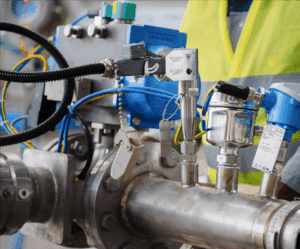
For the manufacturing of the resins with specific market demand, up to 29 separate solvents are considered. Depending on daily production needs, the required materials are delivered to the plant by trucks. At the unloading station, a Melamin operator connects the truck to the appropriate tank for resupply.
The challenge
Mixing different kinds of chemicals could cause contamination or exothermal reactions due to incompatibility, potentially leading to an explosion. Therefore, it is crucial to automate the identification of incoming materials to prevent the mixing of immiscible chemicals.
Our solution
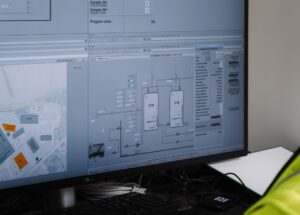 Melamin partnered with Endress+Hauser to screen solvents fed into raw material tanks for resin production. The temperature of the chemical is monitored using an iTHERM ModuLine TM131 sensor. A Liquiphant FTL50 point level switch then triggers the Raman spectroscopy analysis once the pipe is confirmed to be filled with the chemical.
Melamin partnered with Endress+Hauser to screen solvents fed into raw material tanks for resin production. The temperature of the chemical is monitored using an iTHERM ModuLine TM131 sensor. A Liquiphant FTL50 point level switch then triggers the Raman spectroscopy analysis once the pipe is confirmed to be filled with the chemical.
A Raman Rxn2-785 nm analyzer with four channels was installed in a control room for ATEX areas. Depending on the chemical’s hazard level, unloading occurs in either a general-purpose or explosion-proof zone. Raman Rxn-40 probes, suited for both environments, are installed inline at the truck unloading station.
Inline process control
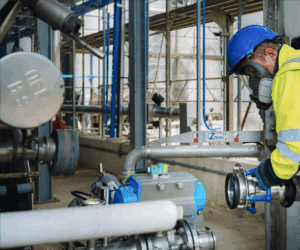
Every incoming material is measured inline by Raman spectroscopy for identification (see Figure 1). Each solvent has a unique Raman spectrum, making its fingerprint distinct. Raman spectroscopic measurement eliminates the risk of compound misidentification. An automated valve control system regulates the feed of the solvent to the correct tank based on its identification. This process control prevents any human errors in the misidentification of chemicals or tanks.
Benefits By implementing advanced process analytical technology, Melamin can achieve its primary business objective: increased operational safety while enabling high plant performance. Raman inline measurement is replacing offline lab identification of chemicals before the material is transferred from the truck to storage tanks, eliminating time-consuming handling and potential human error.